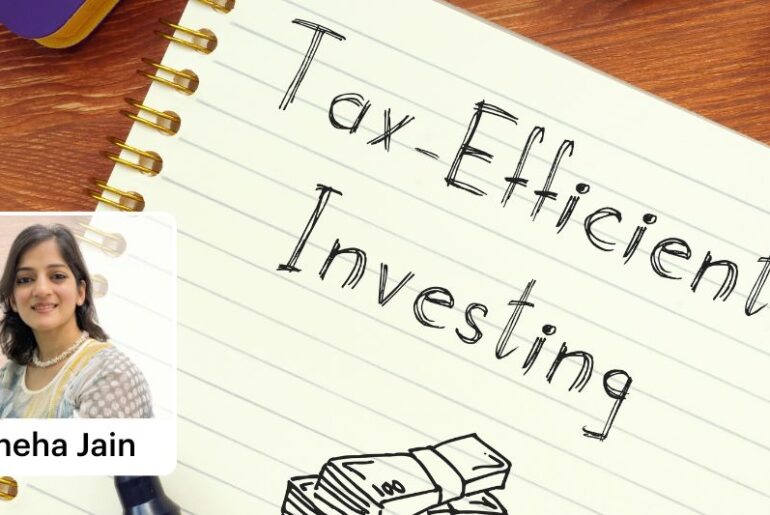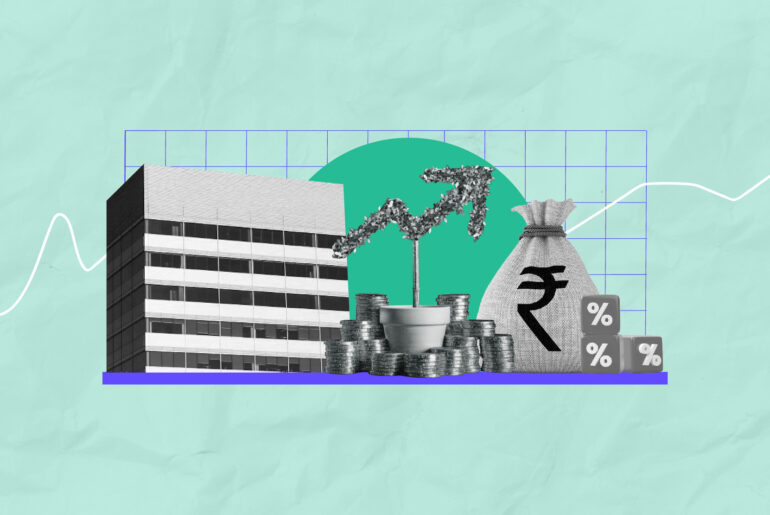Last Updated on May 25, 2022 by Neera Bhardwaj
As the income tax returns season comes around, new and existing taxpayers both have several doubts. One of the most common doubts is regarding TDS. What is TDS? What are the due dates, and how do you pay them?
All these questions have been explored down below.
Table of Contents
What is TDS?
TDS stands for Tax Deducted at Source. It is a norm that the government has imposed to make life easier for taxpayers. As the name suggests, the tax is deducted by the source of payment.
The entity who is making the payment in the form of wages, salary, rent, etc., pre-emptively deducts the tax liable from the payment and then pays the rest to the payee. The TDS collected by the paying entity is then given to the government. The total tax liability of the payee is then adjusted in accordance with the TDS cut by the payer.
For instance, assume that you owe a person ‘X’ amount and pay them Rs. 40,000 monthly in the form of interest. If the income tax rate is 10%, ‘X’ is liable to pay Rs. 4,000 in taxes. Taking this into consideration, you pay ‘X’ Rs. 36,000 only. The Rs. 4,000 will be considered as TDS, and X’s tax liability, in the end, will be lessened accordingly. You then pay Rs. 4,000 to the government either online or offline.
How is it deducted, and what are the due dates?
Firms usually deduct TDS from their employees’ salaries according to the income tax slabs their income falls under. Banks deduct 10% and 20% with and without PAN card information, respectively, for the interest earned.
In case your total taxable income is lesser than the taxable limit, you are not liable to pay any TDS at all. Here, you may submit proof of this to avail the benefit. Similarly, upon submitting 15G and 15H forms to your bank, in case your income is below the taxable limit, the bank will not deduct any TDS from the interest earned by you.
If it so happens that you have been unable to submit the necessary documentation on time and TDS has already been cut, you can claim the amount back by filing for income tax returns.
Entities that collect TDS are liable to pay it to the government by the 7th of the next month. Only for the month of March, the due date is 31st April. For instance, if you have collected your employees’ TDS for the month of January 2021, you have to pay it to the government before the 7th of February, 2021.
However, it must be noted that there are different due dates for other TDS deductions like on rent, property purchase, and so on.
How to pay TDS?
The following steps can be undertaken to pay TDS online.
Step 1: TDS can be paid online using the official government NSDL website page for e-Payment of Taxes. This can be accessed by opening the ‘Services’ menu on the NSDL website and then selecting the ‘e-Payment: Pay Taxes Online’ option.
Step 2: Under the TDS/TCS section, you will find a section titled ‘CHALLAN NO./ITNS 281’. Upon clicking the ‘Proceed’ button, you will be directed to the e-payment page.
Step 3: On the e-payment page, you will be required to fill in a couple of details like tax applicable, type, nature and mode of payment, tax deduction account number (TAN), address and so on. You will also have to fill in a CAPTCHA code. After correctly filling in all the details, click on ‘Proceed’.
Step 4: After your TAN has been verified, your name and other details will be shown on the screen. Confirm these details.
Step 5: Upon confirming these details, you will be redirected to the net banking site of your bank. Login to your account by entering your net banking details and make the necessary payment.
Step 6: After the payment has been completed successfully, a counterfoil challan will be available to you, which contains details like the Corporate Identity Number (CIN), the amount paid, and other details. This can be saved for future reference.
The following steps can be undertaken to pay TDS offline.
Step 1: Download the TDS Challan sheet in Microsoft Word format to your computer. This is available on the official NSDL website.
Step 2: Fill in the necessary details like TAN, address, type of payment, amount payable and other details either on your computer or print out the form and fill in the details by hand.
Step 3: Submit the form along with a cheque of the payable amount/ cash by visiting your bank’s nearest branch. The bank will furnish you with a counterfoil receipt with the bank’s stamp. This can be saved for future reference.
Usually, online payment of TDS is preferred by most as it is more convenient.
Conclusion
As a responsible citizen, it is your responsibility to ensure that all of your tax formalities, including TDS, are accounted for before the deadlines. In the above article, we have explained how to make TDS payments step by step. Make sure you follow them carefully. Reach out to your CA or financial advisor before filing any returns or accounting for taxes.







